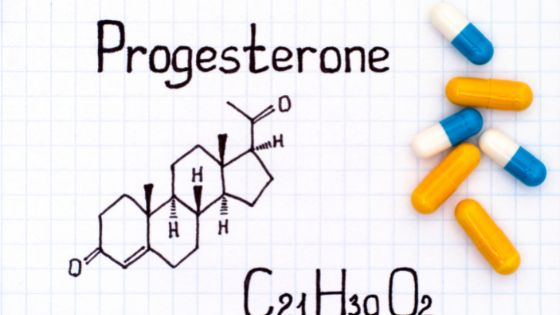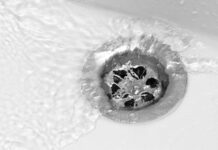E2 Measurement, Day 2 and FSH Measurement
This means ‘Basal FSH measurement’, however, it is also called ‘FSH measurement whenever the E2 is Basal’ during the mensuration time.
What is FSH?
It is called Follicle Stimulating Hormone, formed by the pituitary gland. It promotes the growth of ovaries in follicles. Whenever, the brain senses low E2, mostly during the periods of time, they use a new follicles group to begin a new cycle. Then the level of blood increases upto9iu/l. If there is more production of FSH than 9iu/l during the mensuration, then more FSH promotes the growth of follicles. Sometimes the number of follicles in the ovary is less because of some abnormal issues. And, sometimes because of some issues, the FSH must overcome to promote another cycle of periods.


What is E2?
E2 is a steroid hormone generated by the cells. It responds to FSH to line up the ovarian follicles. Moreover, the increased levels of E2 inside the primary follicle feed and develop the egg. Additional E2 travels through the bloodstream and prompts the development of the lining of the uterus. The brain and pituitary get input that another cohort of follicles is forming. This happens with the release of ovulatory cervical mucus. Due to a negative review from E2, the amount of FSH also decreases. You can learn more about the estradiol e2 test from your doctor.
Why take day 2 readings?
When FSH is at the maximum level, E2 goes to the lowest point. On Day 2, if the E2 level is more than 200pmol/l, then follicle development has begun. Therefore, monitoring FSH won’t be accurate because the elevated E2 dominates the level of FSH. This is frequent in elderly women. Premature follicle growth shows that the endometrium doesn’t have much time to grow before ovulation. It results in the asynchronicity between the endometrium and the egg. This lowers the chances of implantation.
Plausible explanations of the outcomes
-
FSH < 9 iu/L; E2 < 200pmol/l
The usual function of the basal follicle and FSH production promotes the growth of ovarian follicles.
2. FSH >9 iu/l; E2 < 200 pmol/l
When there is less ovarian reserve, the brain produces more FSH to attract follicles. The brain increases the synthesis of its fertility medication when it senses a fault in the growth of the follicle.
3. FSH < 9iu/l; E2 > 250 pmol/l
The ovary runs forward for the development of the follicle. Since the level of E2 is not basal, it’s not possible to give the right explanation of the FSH result.
Day 21 readings of Progesterone
The corpus luteum is the ovarian gland that develops from the ovulated follicle (s). It creates E2 and progesterone. They go into the bloodstream and make the uterine lining secretory. If progesterone blood levels are more than 30nmol/l amid the luteal phase, then the endometrial action of progesterone is enough to aid an embryo placement inside the uterus.
This progesterone within the bloodstream flows back towards the pituitary gland. This shows the minimum production of FSH. And, it is pointless to measure E2, FSH, and LH, at the same time as Day 21 progesterone. Moreover, with elevated progesterone, the results are wrong.
Why do they choose Day 21?
This day is picked because females have a 26-30 day menstrual phase. Moreover, the luteal phase is regular and can last for 10-14 days post ovulation. Since the ovulation occurs within Days 12-16, day 21 represents the midpoint of the luteal phase. Here, progesterone production is highest from the corpus luteum gland during the ovulatory cycle. If ovulation happened after Days 12–16, the progesterone test must be conducted in a couple of days to coincide with the midpoint of the luteal phase. However, if ovulation happened before Day 12, an earlier progesterone test must be done around Day 18.
Progesterone levels must be assessed in comparison to the number of days until the next menstruation begins. Doctors can’t check the luteal function if the menstruation begins after 5 days or later than 9 days after the estrogen blood test.
Results of a properly timed test
1. Progesterone > 30nmol/l
Ovulation is happening. Moreover, the corpus luteum is generating enough progesterone to provide appropriate endometrial secretory alterations. This will help in egg implantation in the uterus.
2.Progesterone 3-30 nmol/l
The process of ovulation must have happened, 10 days or 5 days back. Another possibility is that It didn’t happen in those days. Maybe the amount is not enough to support endometrial growth for good implantation.
3. Progesterone >120 nmol/l
At least two follicles are obtained.
4. Progesterone < 3nmol/l
There was no ovulation in the last 2 weeks.
To know more about these blood tests you can search online about estradiol tests in UK. Reach out to your doctor to brief you about the process.





















